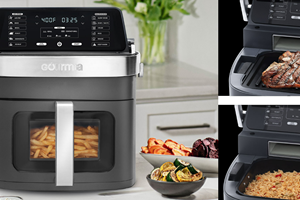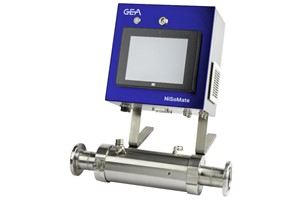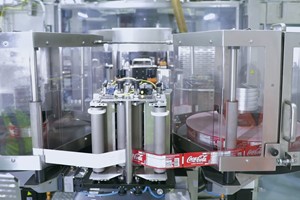Microencapsulation, a technology involving microscopic capsules that protect and deliver various substances, is quietly revolutionizing the food industry. These tiny time capsules, often smaller than the width of a human hair, offer a range of intriguing possibilities for food scientists and manufacturers.
1. Enhanced Stability and Shelf Life: Imagine delicate ingredients like vitamins, probiotics, and natural colors shielded from light, oxygen, and temperature fluctuations. Microencapsulation does just that, extending the shelf life and ensuring the consistent quality of these often-unstable components. This translates to reduced waste, increased product viability, and potentially, lower costs.
2. Targeted Delivery and Controlled Release: Microcapsules can be engineered to release their contents at specific times or locations within the body or food matrix. This opens doors for delivering nutrients precisely where they're needed, maximizing their effectiveness. Think yogurt with encapsulated probiotic strains that target the gut or beverages with temperature-activated flavors that evolve as you drink.
3. Masking Unpleasant Tastes and Odors: Unpalatable vitamins and potent oils can be barriers to healthy food choices. Microencapsulation can come to the rescue, masking these undesirable properties while delivering the benefits. Imagine bitter vitamins transformed into sweet gummies or protein bars with encapsulated fish oil offering essential fatty acids without the fishy aftertaste.
4. Enhanced Functionality and Innovation: Microencapsulation is not just about protection and delivery; it can also add exciting new functionalities to food. Imagine candies that change color or reveal hidden messages upon consumption, or self-heating soups that activate when you add water. This technology opens doors for interactive food experiences, catering to consumers seeking novelty and excitement.
5. Real-Life Examples: This technology is already making waves in the food industry. Nestlé's "Mood Pops" utilize encapsulated flavors to create a multi-sensory taste journey. PepsiCo's self-heating coffee drink in Japan demonstrates the potential for convenience and innovation. Research efforts are underway to develop personalized gummies with microencapsulated nutrients tailored to individual dietary needs.
6. Implications for the Future: The potential applications of microencapsulation in food remain vast, with ongoing research exploring avenues like personalized nutrition, self-preserving ingredients, and even food with controlled, time-released medication for therapeutic purposes. This technology holds the promise of making food more nutritious, flavorful, convenient, and even interactive, potentially impacting not just the food industry but also our health and well-being.
Microencapsulation is not just a fancy term; it's a window into a future where food can be more than just sustenance. It's a tool for delivering targeted nutrition, enhancing flavor experiences, and pushing the boundaries of what we thought possible with food. As research and development continue, we can expect even more exciting and innovative applications of this tiny tech to emerge, transforming the way we think about and interact with food.














